Text
LA BELLE NOISEUSE - (Jacques Rivette, 1991)
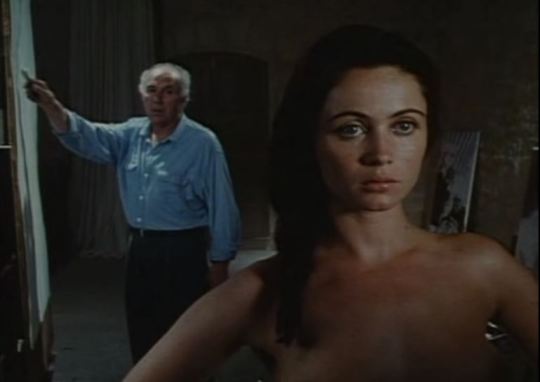
A painter in creative crisis is stimulated by the arrival of a beautiful woman to ask her to pose as a model for a painting (dedicated to his young wife) that he had interrupted many years before... (I stop here). The movie is a kind of filmed literary essay (in fact it was inspired by a story by Balzac) about the various difficulties inherent the artistic creation, the risks hidden in the process, the absolute availability that it requires and the magic it hides (the vision of the finished picture - that the viewer will never see - reveals to Marianne something of herself that was unknown to her and puts her love relationship in crisis). But, the most relevant thing about the film, is how the creation of the painting starts an unresolved series of cross-confrontations (painter vs model, painter vs wife, model vs boyfriend, boyfriend vs art dealer, art dealer vs painter) all built as "will comparisons" where everyone wants to dominate the other, risking being in turn dominated. Great actor performances by Michel Piccoli, Jane Birkin and Emmanuelle Béart who must (happily for us) act naked for most of the film.
r.m.
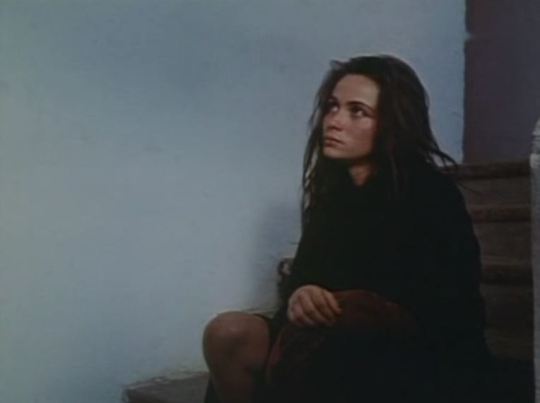



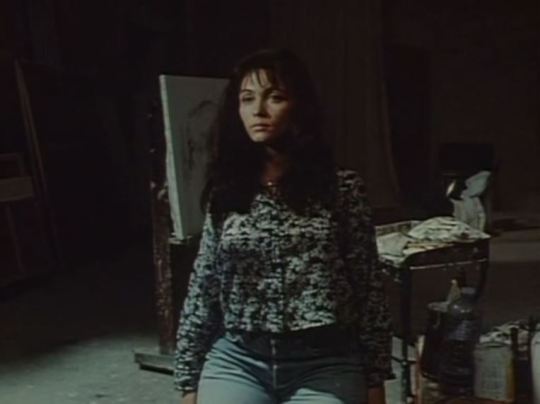
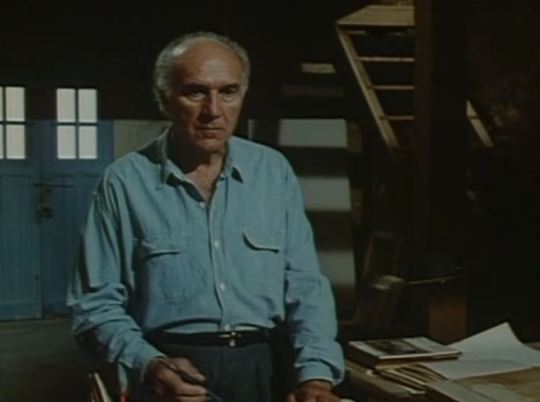
R.M.
3 notes
·
View notes
Text
SOLJARIS - (Andrei Tarkovsky, 1972)
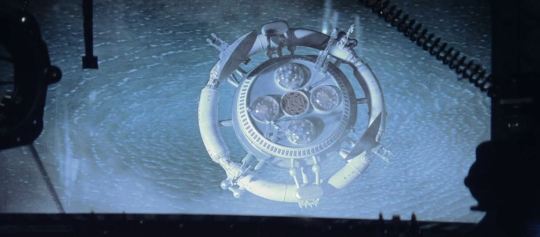
Literal synopsis: "A scientist who is sent to a space base orbiting the Earth to investigate some strange phenomena that are happening on the planet Solaris, discovers that certain radiations emitted by the planet itself have the power to materialize memories, dreams and obsessions of the crew; he himself; he himself remains affected by the radiations and sees revived his girlfriend (the woman had committed suicide years before)".
Here the director uses a science fiction novel to break out of the constraints of realism and build his own world based on very particular spatial and temporal laws, and if in the background the themes of the impotence of science and mysticism emerge, the crucial nodes of Tarkovski’s reflection are exclusively real and intimate: the memories, the nostalgia of nature, the sense of the roots.
r.m.



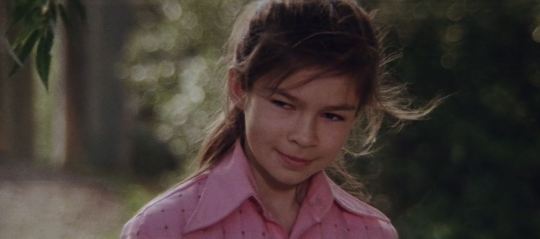

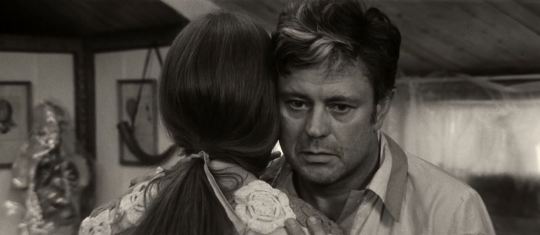
R.M.
1 note
·
View note
Text

Joan Crawford ("Vienna") and Sterling Hayden ("Johnny") in
JOHNNY GUITAR (Nicholas Ray, 1954).
r.m.
0 notes
Text
CACCIA TRAGICA - (Giuseppe De Santis, 1947)

The best film by De Santis is a social melodrama, a conflict between landowners and the farmers of a nascent agricultural cooperative who struggle to organize themselves to survive misery. A dry, tense, violent and passionate film that speaks of the failures produced by the war ad the moral and social degradation of an entire people where, however, love and hope are (perhaps) still possible.
Four of the best Italian actor of the 1940s: Carla Del Poggio, Vivi Gioi, Andrea Checchi and Massimo Girotti, are the protagonists of a great movie I put among the best of the whole Italian cinema of the afterwar.
r.m.



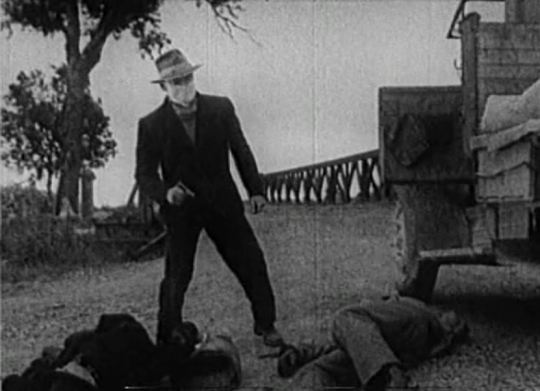
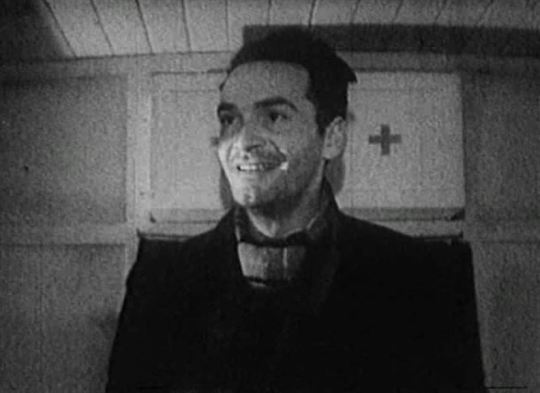
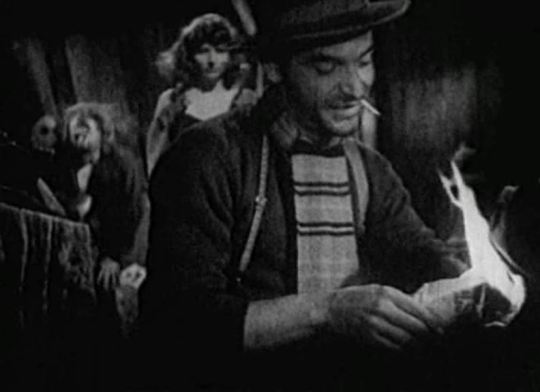
R.M.
0 notes
Text



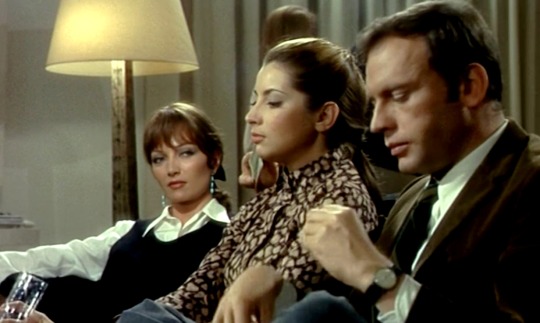

LES BICHES
Claude Chabrol. 1968.
r.m.
1 note
·
View note
Text
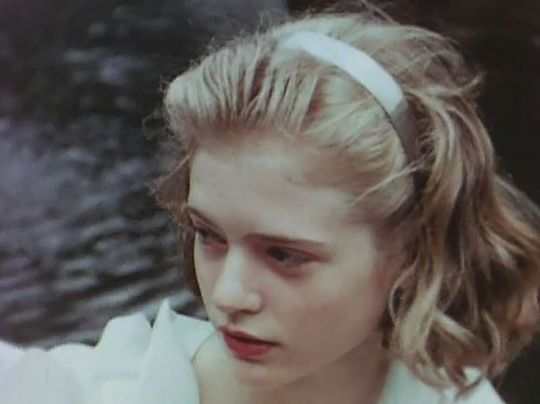
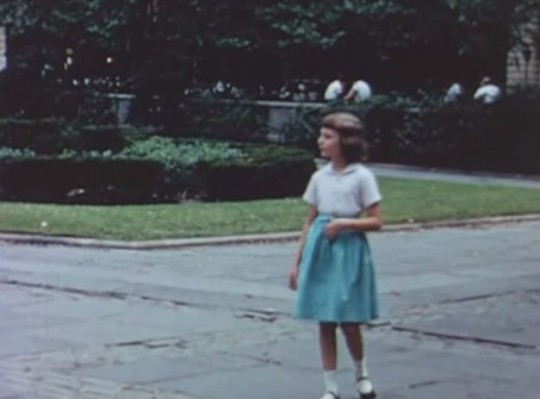


NYMPHLIGHT - (Joseph Cornell and Rudy Burckhardt, 1957).
r.m.
0 notes
Text

Marcello's defeat.
2 notes
·
View notes
Text
VORTEX - (Nikos Koundouros, 1967)

"Vortex" (aka "Vortex, the Face of Medusa"; Nikos Koundouros, 1967) is an extremely interesting and one-of-its-genre Greek dramatic movie with some mythological references. The story moves from an erotic-criminal plot to arrive at a psychological analysis on the sexual behavior of man and woman (actually three men and a woman are the cornerstones of the story). In an eternity-long meta-cinematic game the woman (a true femme-fatale here) tries to "devour" men through her enigmatic gaze (that’s why "The Face of Medusa").
"Vortex" is an experimental film that follows the path of the cinema of Jodorowsky (and the subsequent Lars Von Trier), a work shot in a spectacular bright black and white and set on an island in the Aegean Sea.
The movie was shown at the 1967 Berlin Film Festival. In its final form, after further filming in Rome and with the title "Vortex", it was screened in 1971 at the Cinémathèque Française in Paris and in 1977 it was presented out of competition at the Thessaloniki Festival. (It is said that when the author sought a distribution in the United States, the United Artists, whose managers seem to like it so much, asked him to turn it over in color to avoid the label of "art movie.").
"Obviously" gives many nudities and the transgressive theme, the film was initially banned from censorship; nowadays a complete copy of it does exist.
r.m.





R.M.
1 note
·
View note
Text

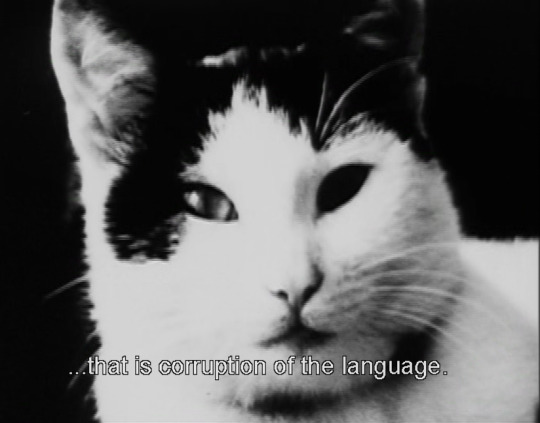

THE CAT
A short movie by Johan van der Keuken (1968).
r.m.
0 notes
Text


Gloria Swanson (aka "Norma Desmond").
r.m.
5 notes
·
View notes
Text

THE RIVER - (Jean Renoir, 1951).
r.m.
0 notes
Text
“An audience is never wrong. An individual member of it may be an imbecile,
but a thousand imbeciles together in the dark – that is critical genius.”
Billy Wilder
0 notes
Text

TANIN NO KAO - (aka "The Face of Another"; Hiroshi Teshigahara, 1966).
r.m.
1 note
·
View note
Text
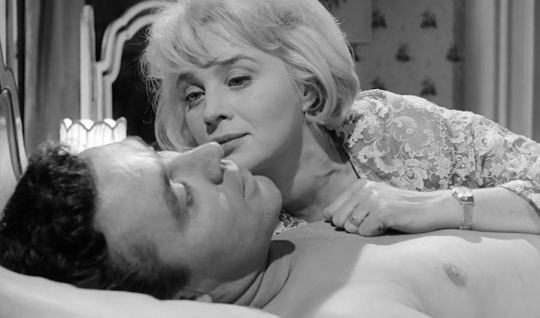


Mai Zetterling in "Offbeat" (Cliff Owen, 1961).
r.m.
0 notes
Text
DESIDERIO - (Roberto Rossellini & Marcello Pagliero, 1943-1946)

"Tired of being a prostitute, Anna (Elli Parvo) decides to come back to her native village but her return is not what she imagined for herself: in the family she is welcomed with hostility and while her brother-in-law Nando (Massimo Girotti) goes nuts over her, the slimy Riccardo (Francesco Grandjacket) blackmails her by threatening to tell her past to her naive boyfriend (Carlo Ninchi) ".
Rossellini, influenced by "Ossessione" (Luchino Visconti, 1942), began the film (temporary title: "Scalo merci") in 1943 from a screenplay by Giuseppe De Santis, Rosario Leone and Diego Calcagno but the war events forced him to stop shooting and rewrite the plot (new title: "Rinuncia"); director Marcello Pagliero completed the movie (following Rossellini's suggestions) after the end of the war but the censorship intervened heavily. Nowadays a complete version is available that allows us to judge and criticize the movie as it deserves.
I can note all the elements of the great verist melodrama are evident in the film and there is much moralizing rethorics but some values are present and undeniable like the condemnation of the family and the explicit treatment of sex as a motive of human deviance (and Elli Parvo shows also her bare breast). Rossellini tries to represent the inner life of his characters and their inability to communicate by relating to themes of his future masterpieces, from "Germania anno zero" to the films with Ingrid Bergman.
r.m.

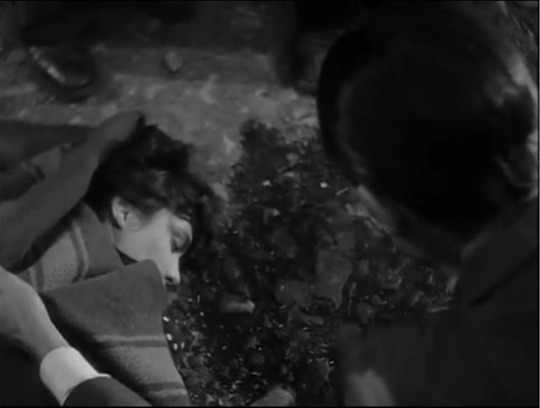

R.M.
0 notes
Text
“The most ordinary word, when put into place, suddenly acquires brilliance. That is the brilliance with which your images must shine.”
Robert Bresson.
1 note
·
View note
Text

Věra Chytilová with a Meopta Admira 8 II camera, 1956.
r.m.
0 notes